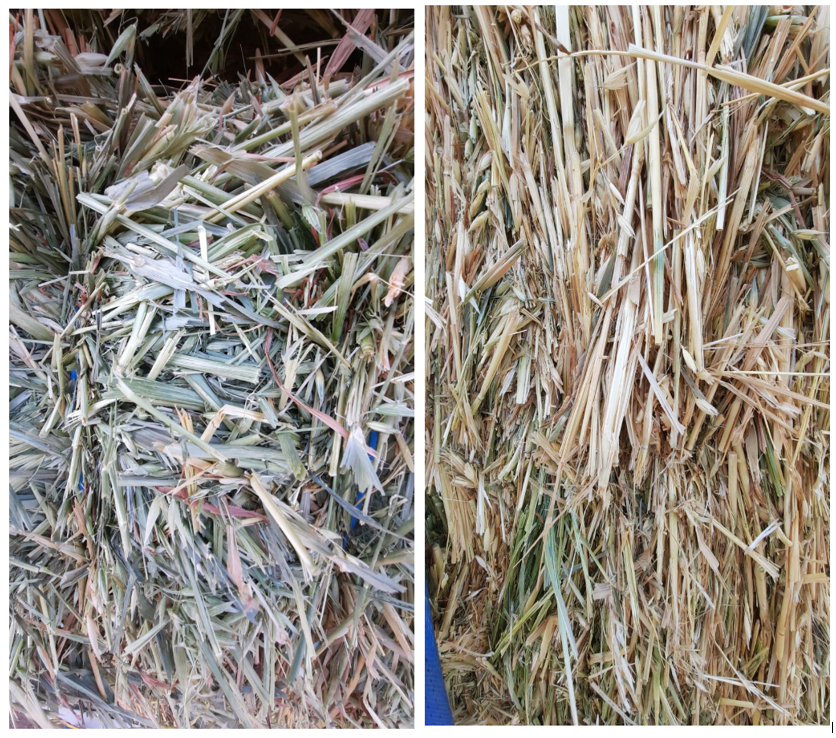Seasonal Update
Goulburn Murray Valley has received less rain fall this week than last, only about 10mm. The heavier crops in the region are taking longer to dry, much as expected. Growers are hoping for clearer skies to expediate the process.
South West Victoria enjoyed a drier spell, which will certainly be a relief for growers as they near the end of the season and look to limit levels of weather damage.
Gippsland saw the wettest conditions in Victoria over the past seven days. 35mm of rain fell this week in the northern part of the region.
WA continued their dry streak, with no major rainfall reported and most growers finishing their cereal hay season. This marks a much-improved end to the season after a tricky outset.
South East SA received around 20mm of rain, finishing off the hay nicely. Growers will look for a break in conditions to start cutting and drying.
Figure 1: Last Week’s Rainfall
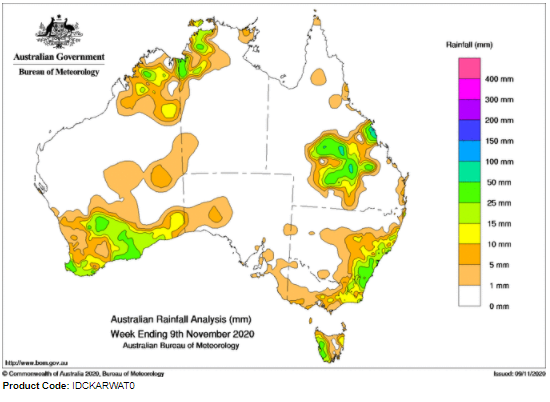
Figure 2: BoM 8-Day Rainfall Forecast
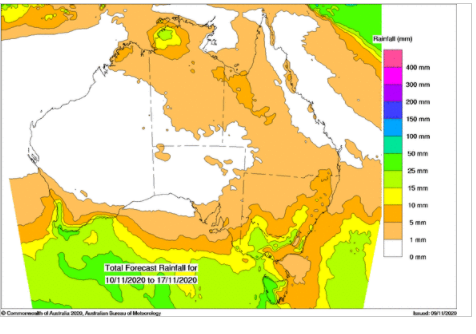
Figure 3: BOM-Australian Landscape Water Balance
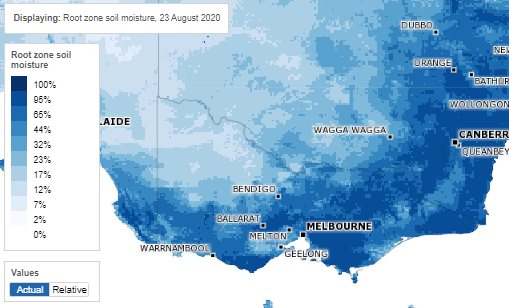
Figure 4: Precipitation Outlook
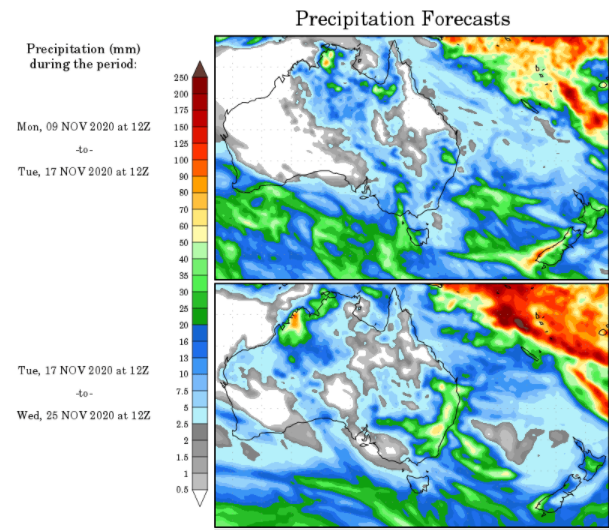
Trading and Marketing
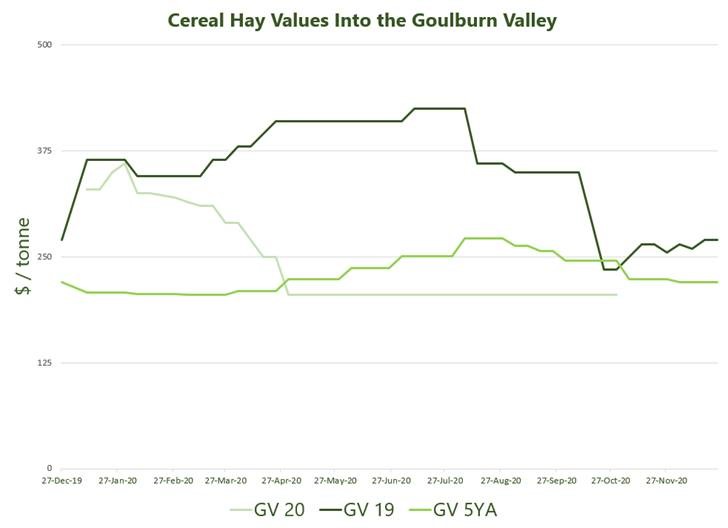
Victoria
| Growers in the Goulburn Murray Valley who want to take a second cut of silage are enjoying excellent conditions now. Late crops are being cut now and many are awaiting a demand uptick. The Wimmera region is yielding 8-10/tonnes and vetch is 3.5/tonnes and up. Vetch in the Mallee is varied but yielding approximately 2-3.5/tonnes. Growers are prudently moving new season into storage to protect against the weather. Dairy farmers in the south and Gippsland are keen to buy up the best quality new season hay. Round and pit silage in Gippsland has already been made in large quantities. Pasture growth has been slowed by cooler conditions in the south, with corn planting possible being avoided altogether due to wet weather.All prices remained steady this week.
Western Australia
|

